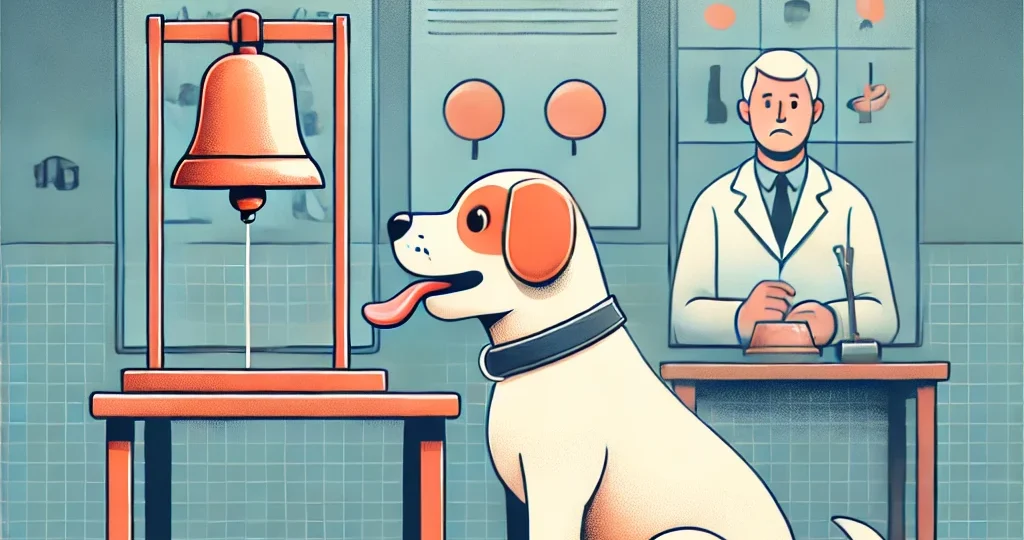
Disclaimer : When I say learning, I don’t mean learning chemistry or physics. I mean learning the basic activities that we do everyday. It could be going to work in the morning, eating lunch at 1.00, etc.
We spend almost our entire lives learning something but have you ever thought about how we learn? According to psychology, there’s two types of conditioning : Classical Conditioning and Operant Conditioning. We’ll talk about the first one today.
Classical Conditioning is an idea first found by Ivan Pavlov, a nobel-prize winning psychologist. Actually, let me tell you about Pavlov first. Pavlov didn’t actually win the Nobel prize for this research, although it laid foundations for psychology associated with learning. He won it for his research in the digestive system. Conditioning was a later part of his interest, yet he spent 3 decades on Classical Conditioning.
Let’s talk about his experiment. He studied a dog, which salivated whenever the assistant came in, and he was curious. It turned out that the assistant was the one feeding the dog, so whenever the assistant came in, the dog drooled thinking he brought food. Pavlov observed this, and devised an experiment. He locked the dog in a chamber with no external triggers. He made a contraption that would spray meat powder straight into the dog’s mouth at the press of a button. What Pavlov would do is he would ring a bell, then spray meat powder. He repeated that sequence and what he found is after a number of repetition, just ringing the bell would make the dog drool. He called this method of conditioning or learning Classical Conditioning.
How do humans experience this form of learning? Well, if you’ve watched Netflix, you know that before the start of any show, movie, the Netflix logo and distinct sound will show up. Over time, this sequence leads us to naturally go into relaxing or pleasure mode when we hear that sound. Although we don’t experience this exact example often, this scenario is a perfect example of how brands use classical conditioning to attract customers.
Tomorrow, we’ll talk about operant conditioning.
RELATED POSTS
View all
